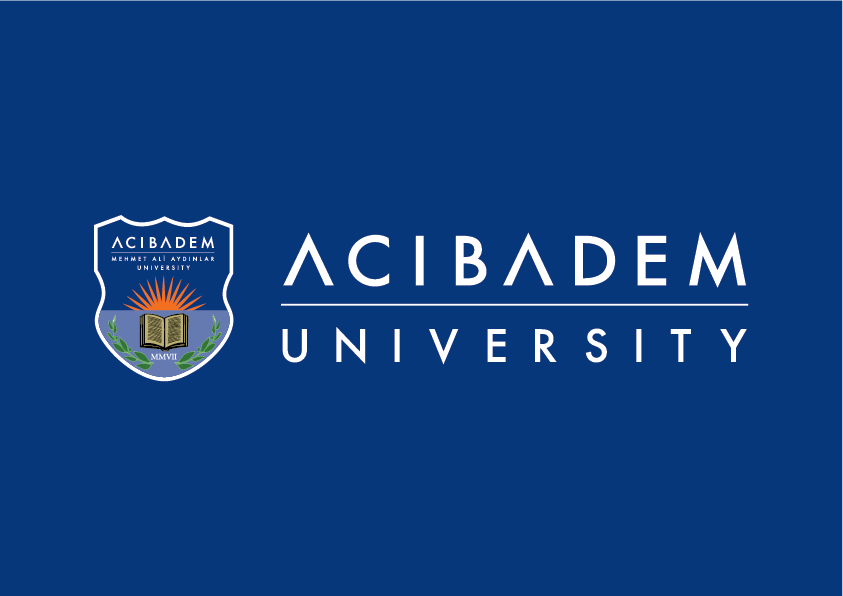Chaos in the brain: Neuroimaging finds evidence of randomness in psychiatric patients

Sponsored by

Sponsored by

The Brain and Mind Lab at Acıbadem University headed by Dr Ata Akın recently discovered that brain connectivity patterns of psychiatric patients bare a closer resemblance to random networks. The team used fNIRS technology to monitor the brain hemodynamic changes occurring at the prefrontal cortex during a cognitive task. The team recruited patients from the Psychiatry Clinic mostly suffering from obsessive compulsive disorder and schizophrenia diseases. Advance signal processing techniques on the collected data revealed an altered brain connectivity pattern in diseased patients. Patients had higher degrees of connectivity measured by the global efficiency value, a metric that was initially discovered in 18th century to compute the total number of non-crossing paths in Königsberg’s bridges. This new global efficiency value showed a very strong discrimination between healthy and diseased minds. It also shows that the diseased mind is closer to a random network, more chaotic so to speak. This new finding is in line with the symptoms of schizophrenia where patients exhibit irrational behavior when the brain ceases to work in harmony. The global efficiency value can be used as a biomarker to identify the diseased brain from healthy. The team is now focusing on how this metric can be used a predictive marker to determine drug responders, and possibly the neurochemical effect of drugs on brain in a matter of hours.
Migraine: Neuronal, vascular, or psychotic?
Migraine is a brain disease with symptoms of severe and debilitating headache. The real causes of migraine are still unknown yet there are theories. Some types of migraine are caused by neuronal disfunctions while some other are due to vascular problems. The frequency of migraine is very heterogenous among the sufferers. Some might get it every other day some every once a year. Unfortunately, the treatment methods are not that much heterogenous. Teams from Istanbul Cerrahpaşa and Acıbadem Universities, headed by Dr. Ata Akın of the Department of Biomedical Engineering, Acıbadem University, revisited their 15-year-old study and decided to dig deeper into the migraine pathophysiology once again. The team initiated a multisite clinical study to investigate the pathophysiology of migraine with fNIRS technology. fNIRS technology is a novel and non-invasive neuroimaging method that probes the vascular changes in the brain due to neuronal stimulation. This way the team plans to investigate whether the problem is neuronal of vascular or both. The team also aims to use this approach as a scanning approach that can be used in future as a decisive tool for prognostic purposes.